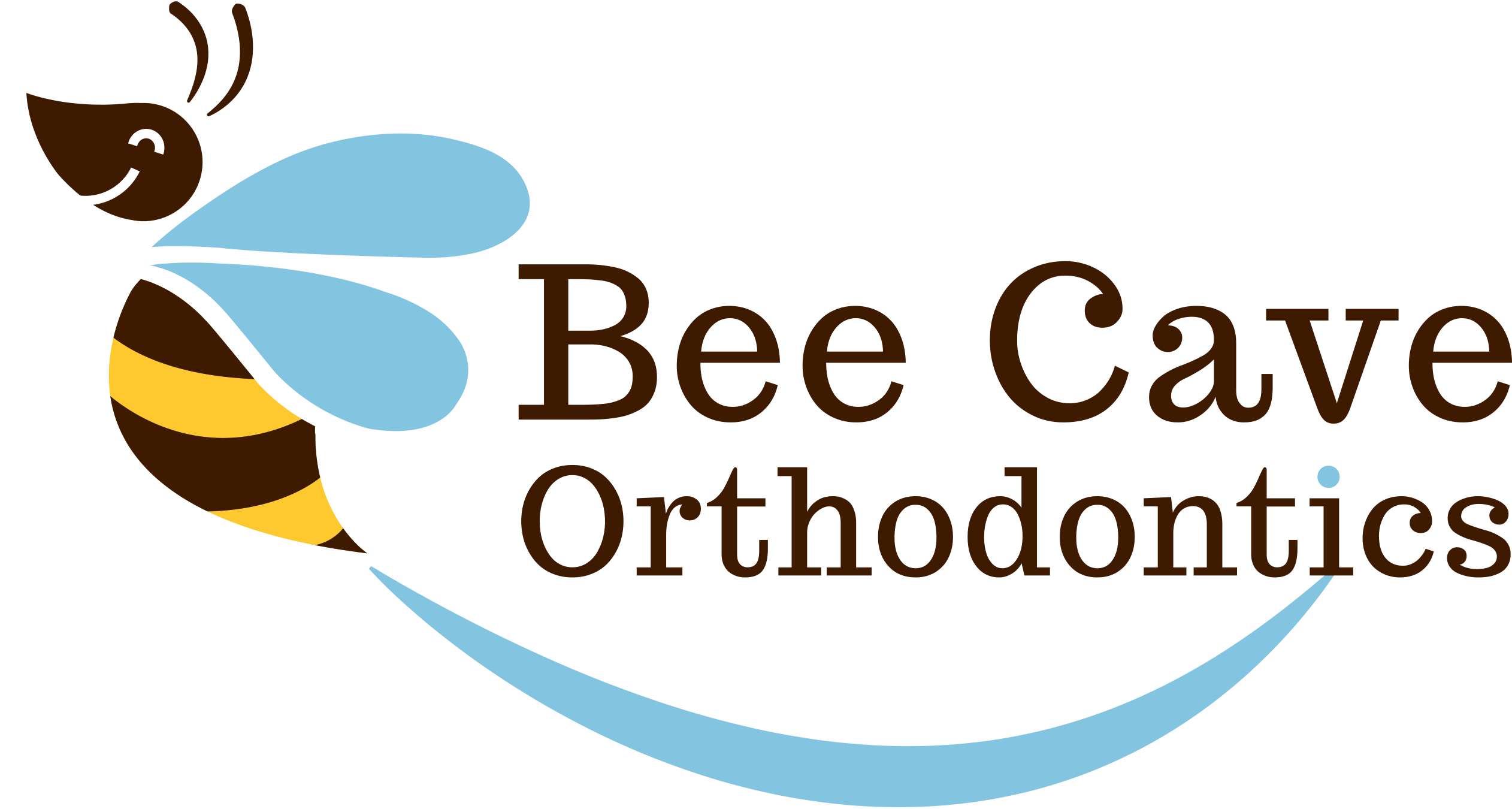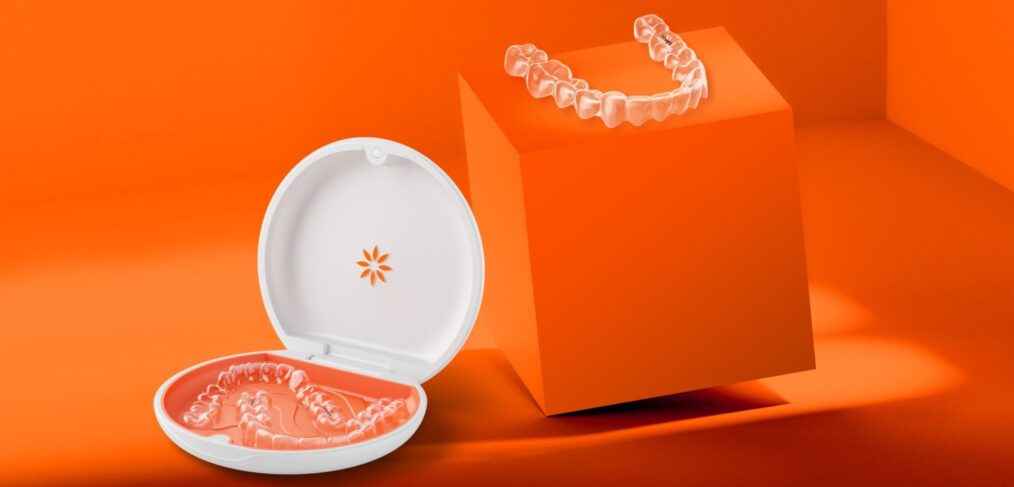Not sure if your Child Needs Braces Now? Dr. D, Austin’s pediatric orthodontist, reveals 5 undeniable signs your child needs braces immediately—plus when waiting is actually better.
One of the most common questions I hear from Austin parents is: “How do we know if our child needs braces now, or if we can wait?” As a board-certified pediatric orthodontist and Invisalign speaker, I want to help you understand the ideal timing for orthodontic treatment. With 15 years of experience guiding families through these decisions, I’ll share the key factors we consider at our Austin practice.
Why Timing Matters in Orthodontics
Orthodontic treatment isn’t one-size-fits-all. The American Association of Orthodontists recommends all children have their first evaluation by age 7 because:
- We can spot developing problems before all adult teeth erupt
- Early intervention may reduce future treatment time by 30-50%
- We can guide jaw growth during critical developmental stages
However, only about 20% of children actually need early treatment. The rest benefit from periodic monitoring until more permanent teeth come in.
5 Signs Your Child Needs Braces Now
After examining thousands of young patients in Austin, these are the clear indicators we look for:
1. Crossbites (Upper teeth sitting inside lower teeth)
- Can cause asymmetric jaw growth if not corrected by age 8-9
- Treatment: Palatal expander for 6-12 months
2. Severe Crowding (Adult teeth blocked from erupting)
- May lead to impacted teeth requiring oral surgery
- Treatment: Space maintainers or limited braces
3. Protruding Front Teeth
- 4x higher risk of traumatic injury
- Treatment: Partial braces to reduce protrusion
4. Thumb-Sucking Beyond Age 5
- Causes narrow arches and open bites
- Treatment: Habit appliances + behavior modification
5. Mouth Breathing/Sleep Disordered Breathing
- Linked to long-face growth pattern
- Treatment: Airway-focused expansion
When Waiting Makes Sense
For these common situations, we typically recommend monitoring every 6-12 months:
- Mild spacing (gaps between baby teeth)
- Minor rotations without crowding
- Normal overbites (top teeth slightly over bottom)
- Late tooth loss (baby teeth still present at 10-12)
Case Example:
“We monitored Jake from age 8-11 as his adult teeth came in. By starting treatment at the ideal time, he finished braces 8 months sooner than if we’d begun earlier.”
The Risks of Waiting Too Long
While some cases benefit from delay, postponing necessary treatment can:
- Worsen jaw discrepancies requiring surgery later
- Lead to excessive wear on misaligned teeth
- Increase treatment costs by 20-40%
- Extend total treatment time
Dr. D’s Approach in Austin
At our practice, we use advanced tools to make timing decisions:
- 3D Digital Scans to predict tooth eruption
- Growth Analysis to assess jaw development
- Airway Assessment for breathing-related cases
We present parents with:



What Austin Parents Should Do Next
- Take the 2-Minute Smile Quiz:
- Does your child have difficulty chewing?
- Do you notice obvious crowding?
- Is there a family history of orthodontic problems?
- Document Changes:
- Photograph your child’s smile every 6 months
- Note any chewing or speech difficulties
- Schedule a Consultation:
- Click here to Schedule a Free Consultation now!
- Want to get to know us a little better? Check out our YouTube Videos!







 Book your consultation now! Call (512) 334-0444 or DM us to get started. Let’s create a beautiful, confident smile together!
Book your consultation now! Call (512) 334-0444 or DM us to get started. Let’s create a beautiful, confident smile together!




